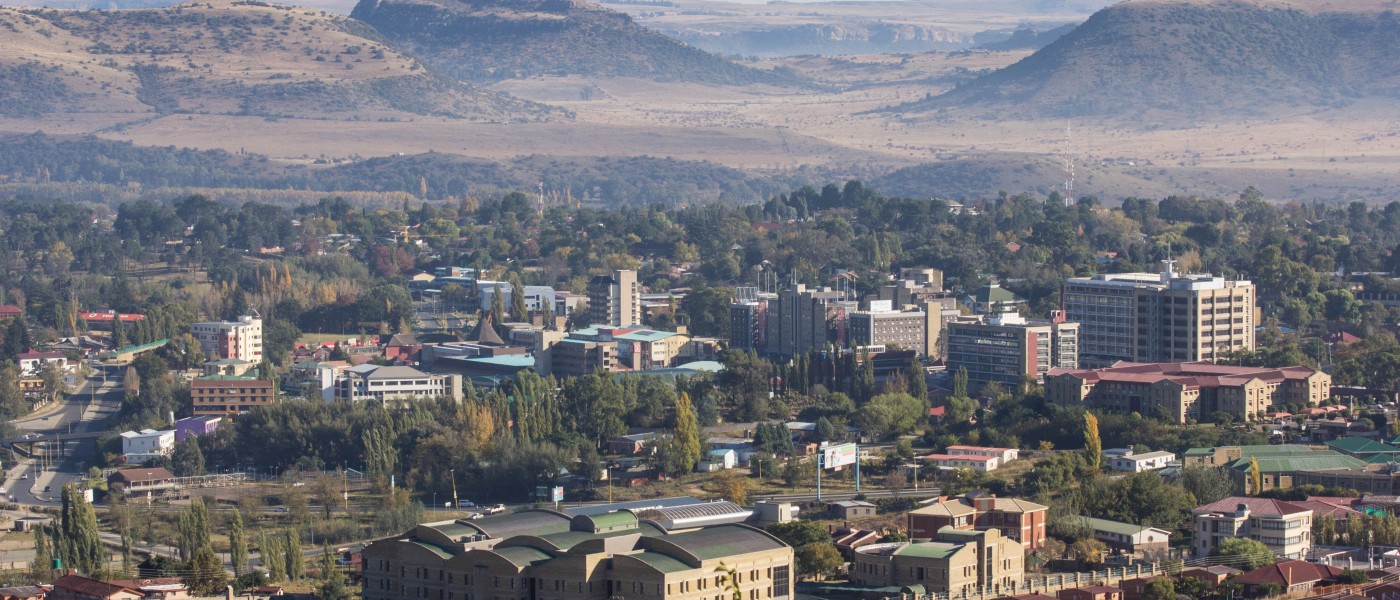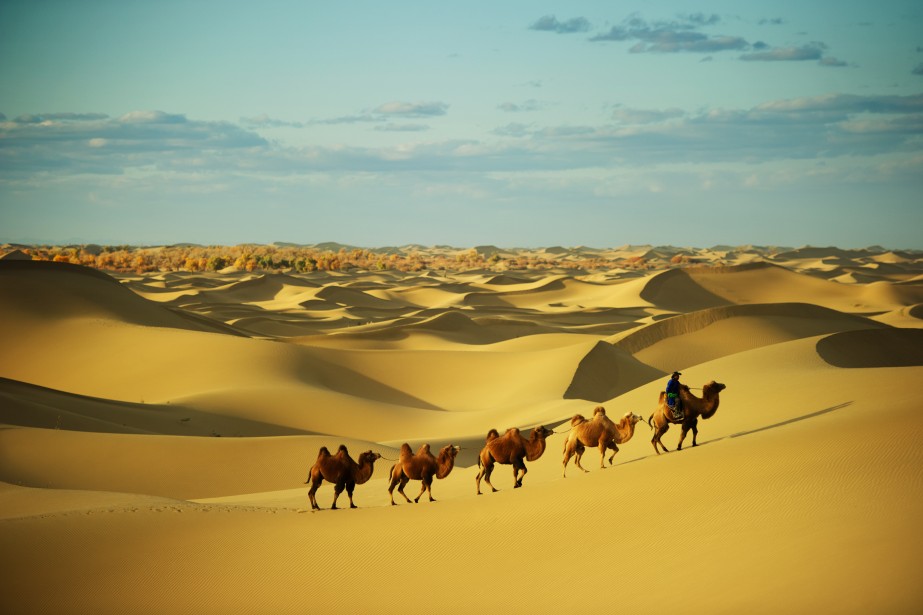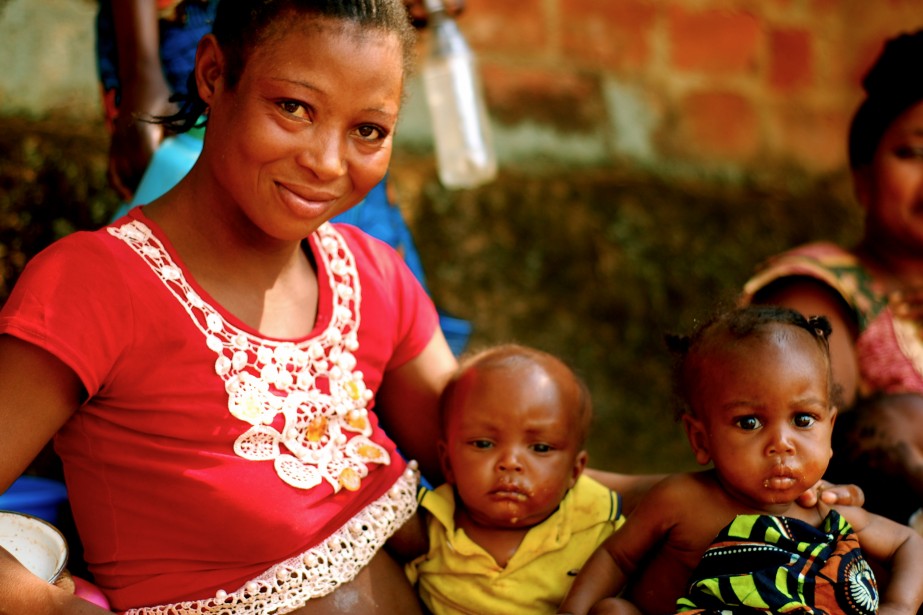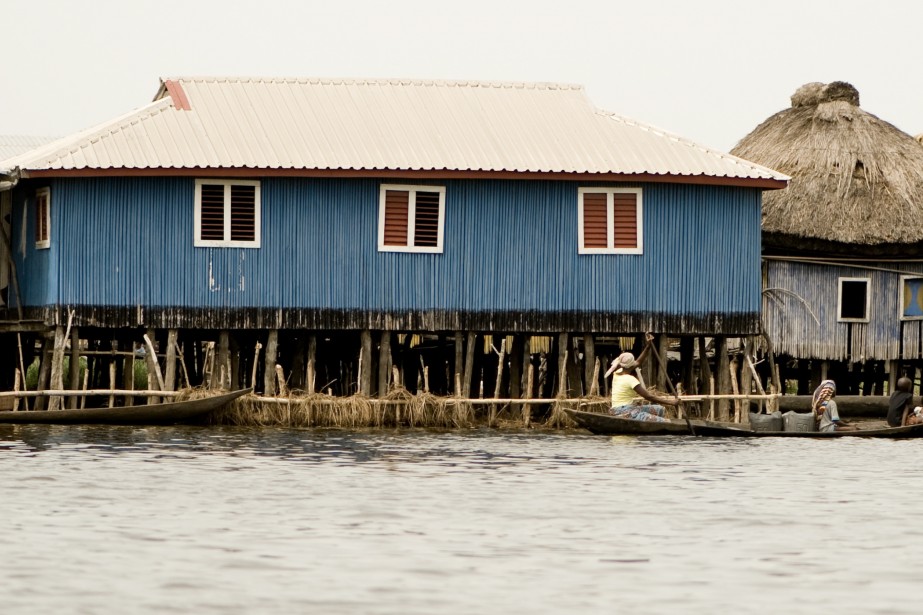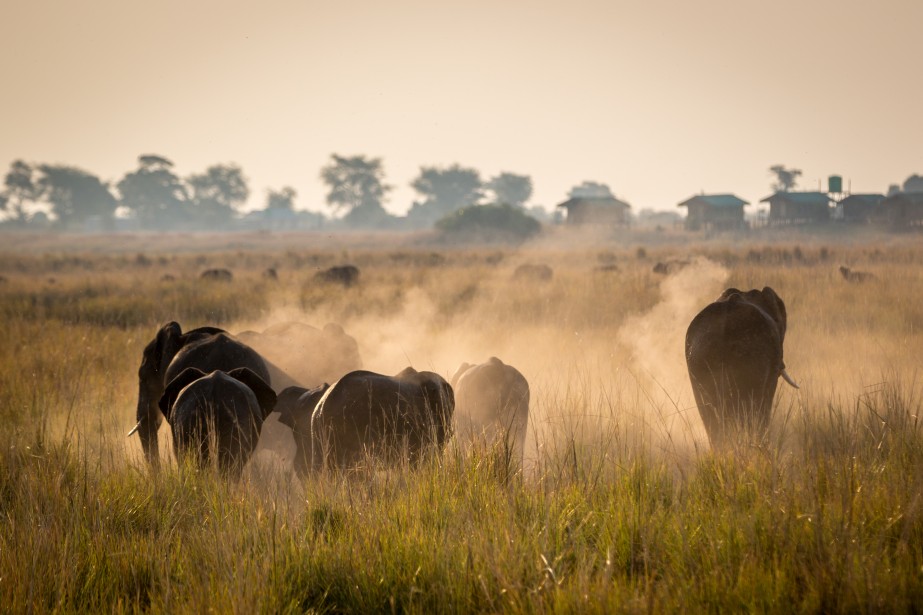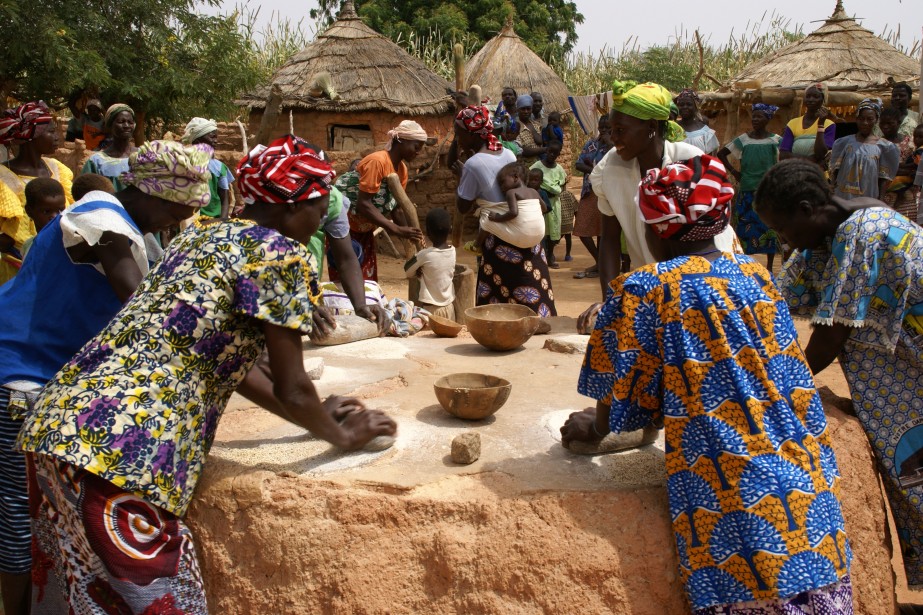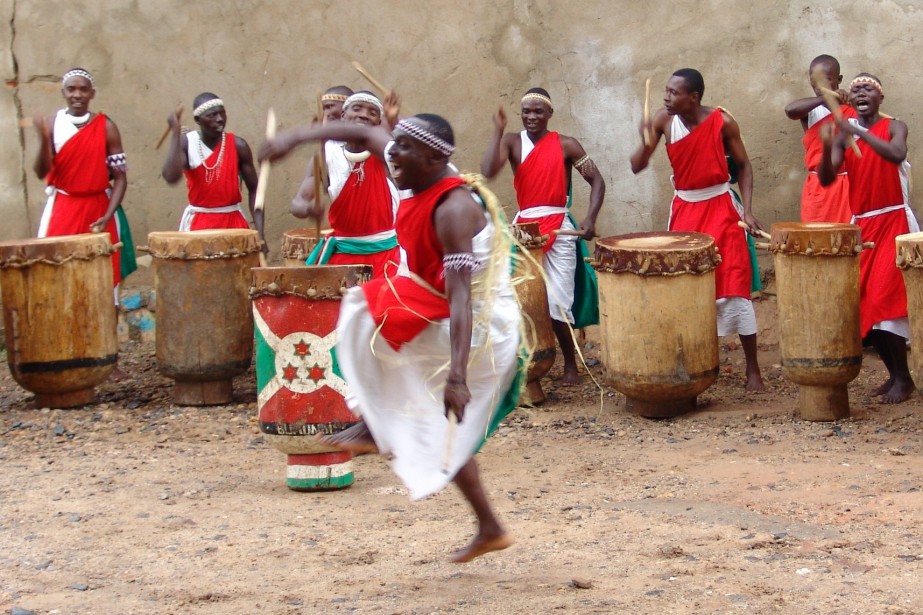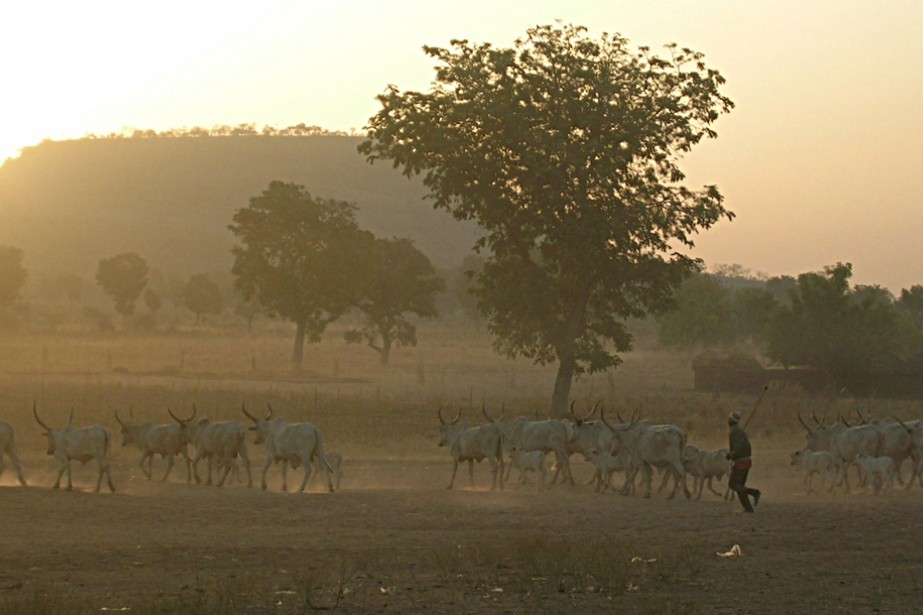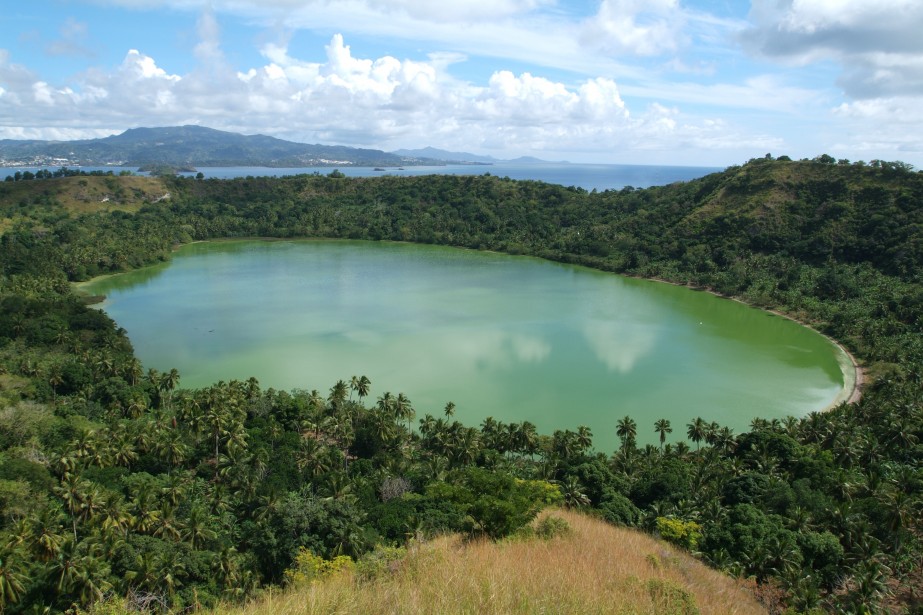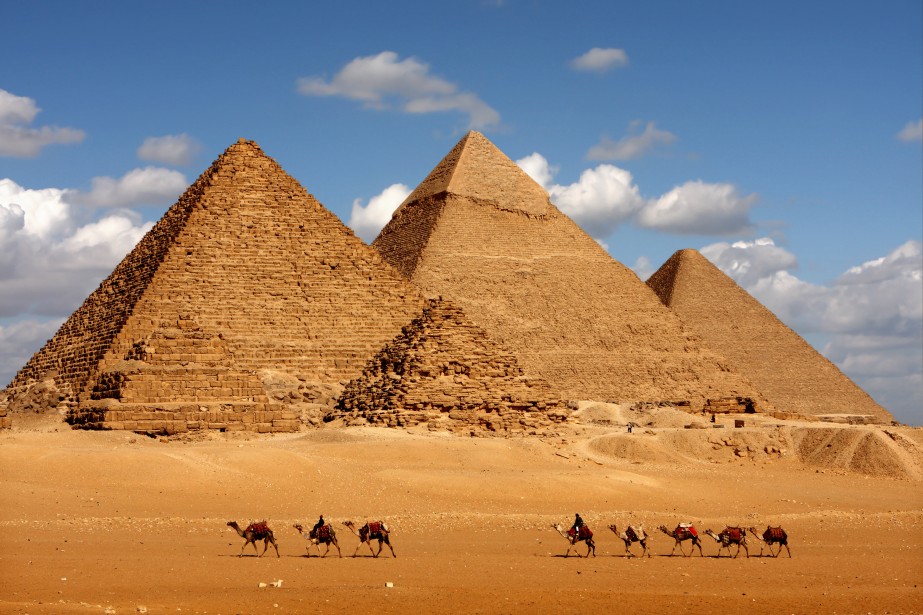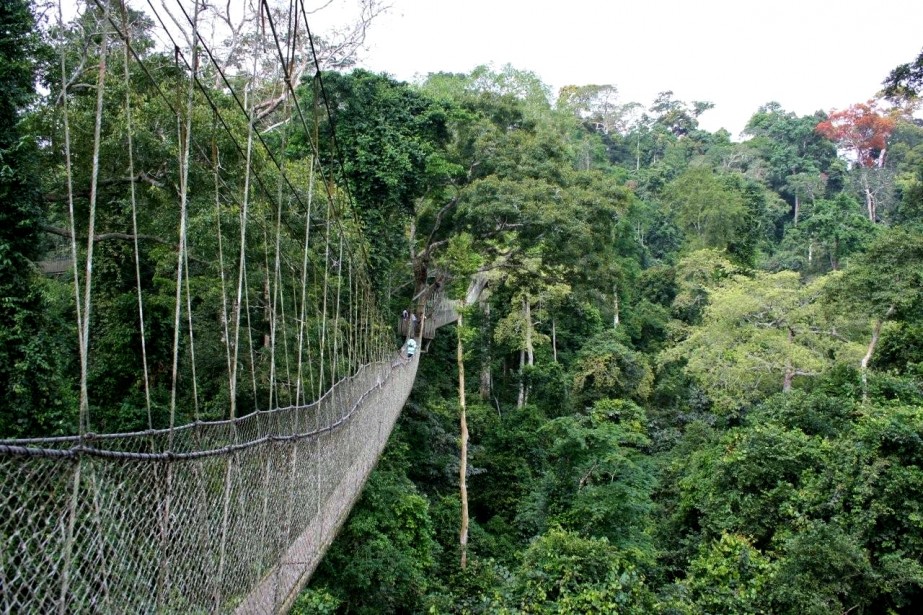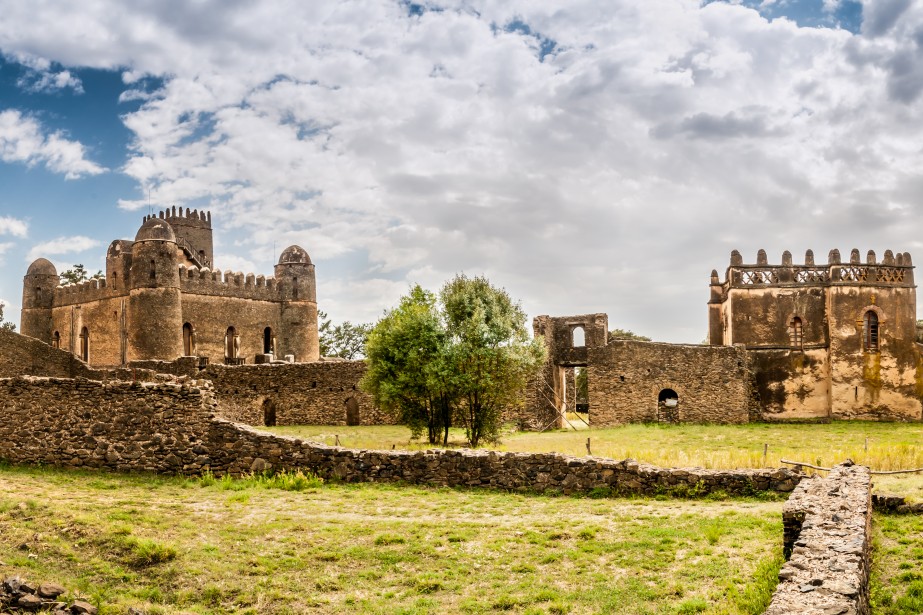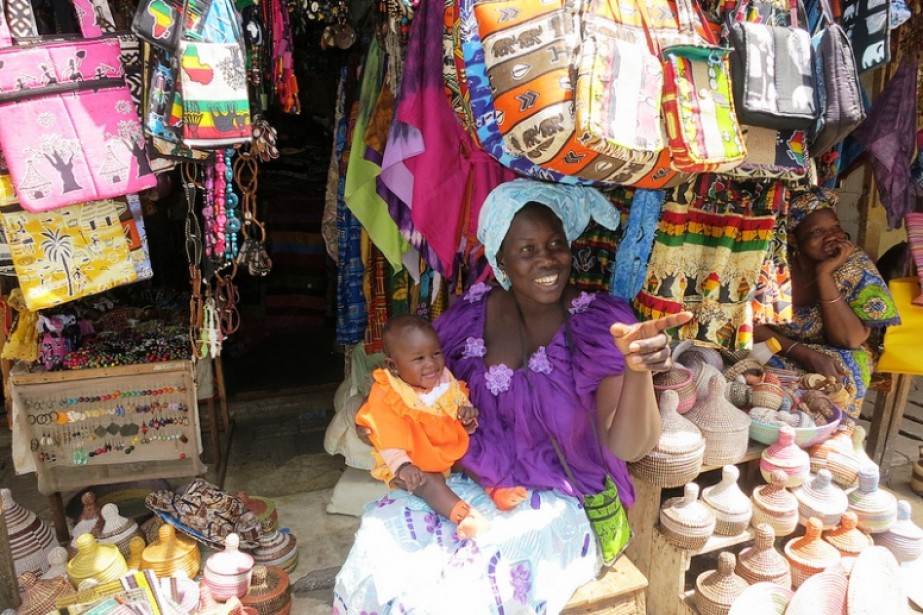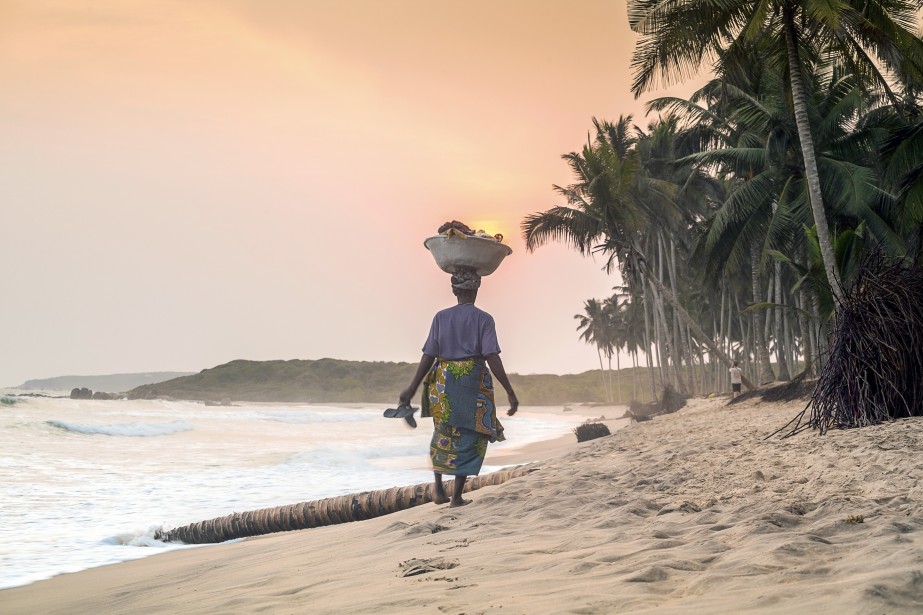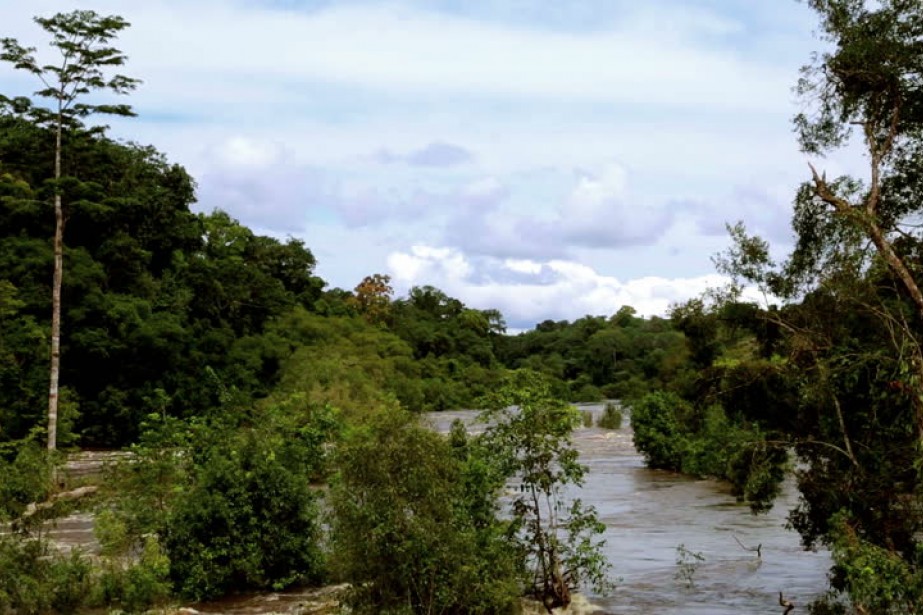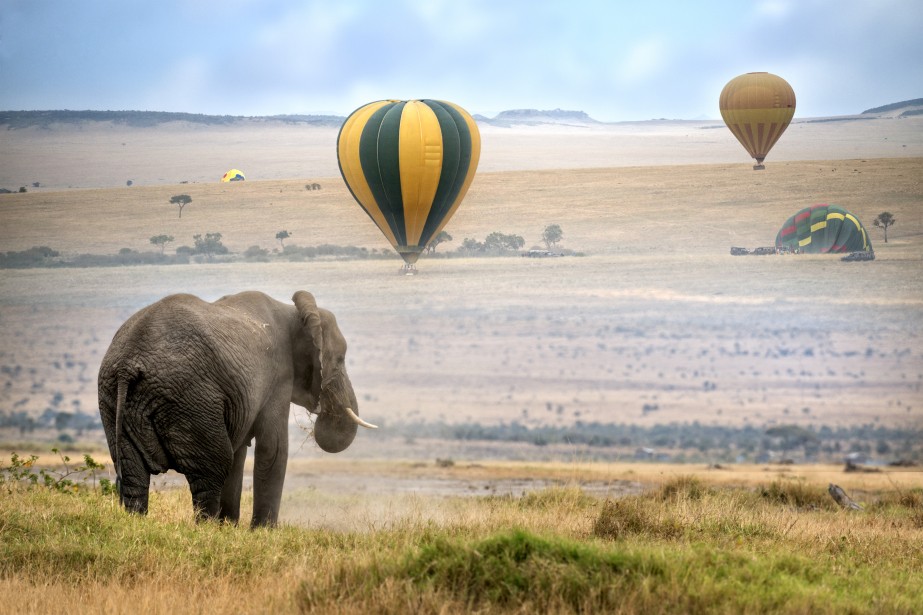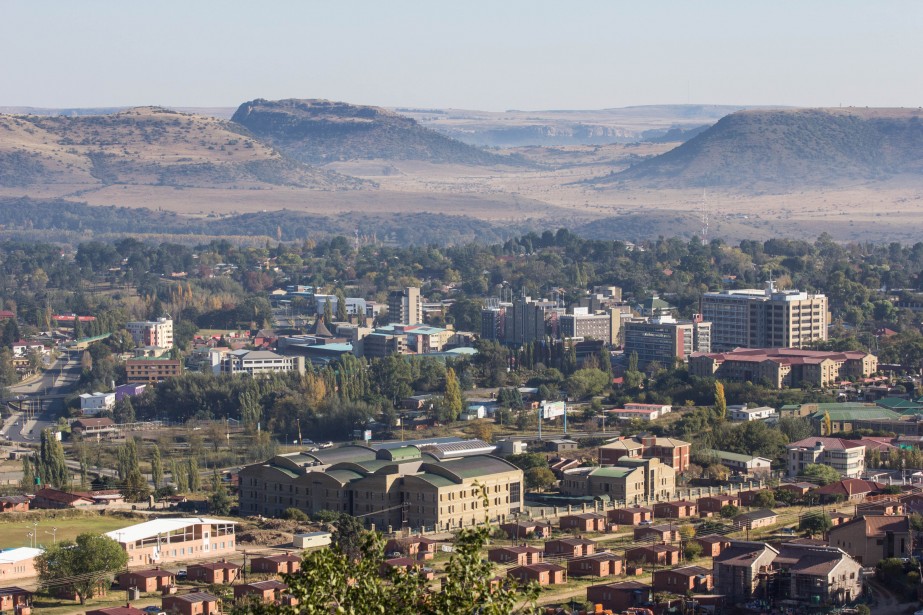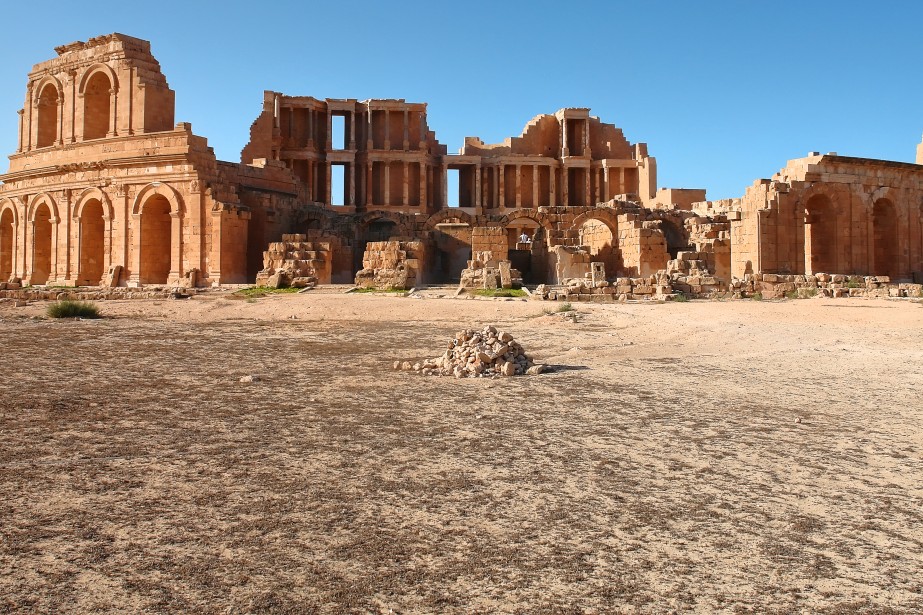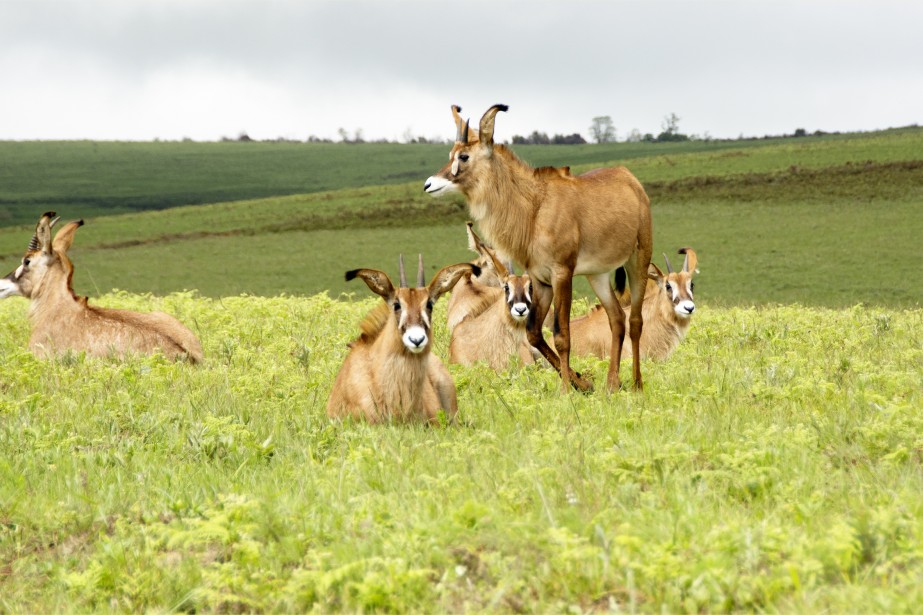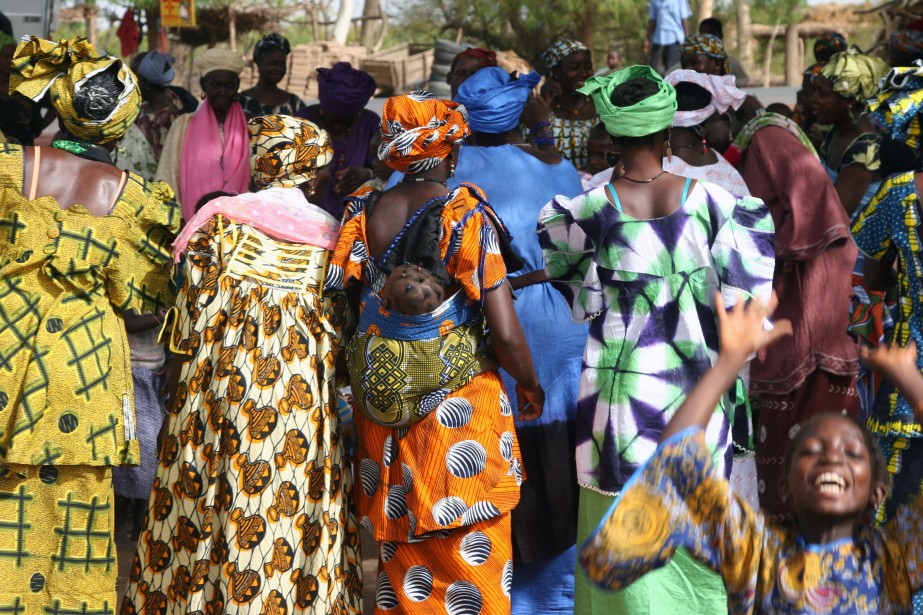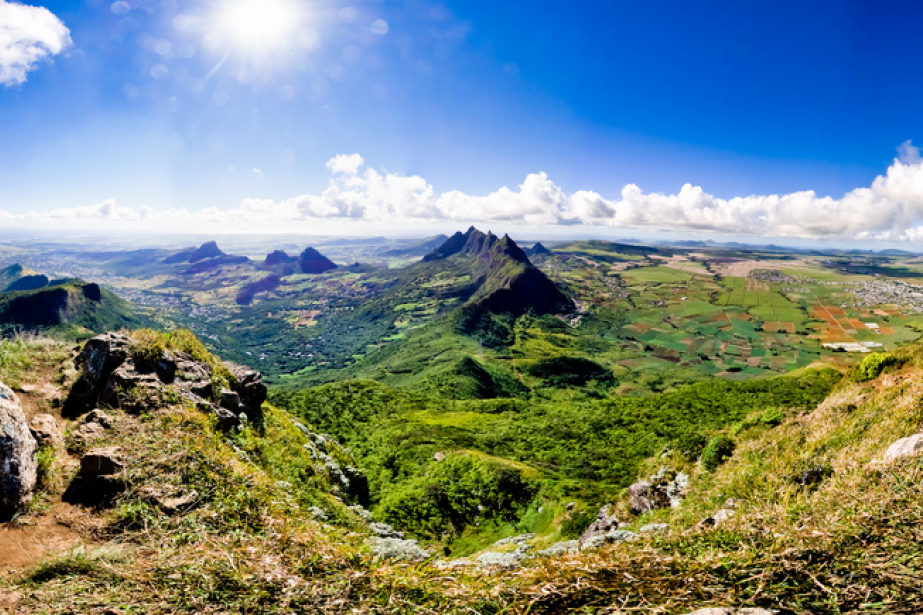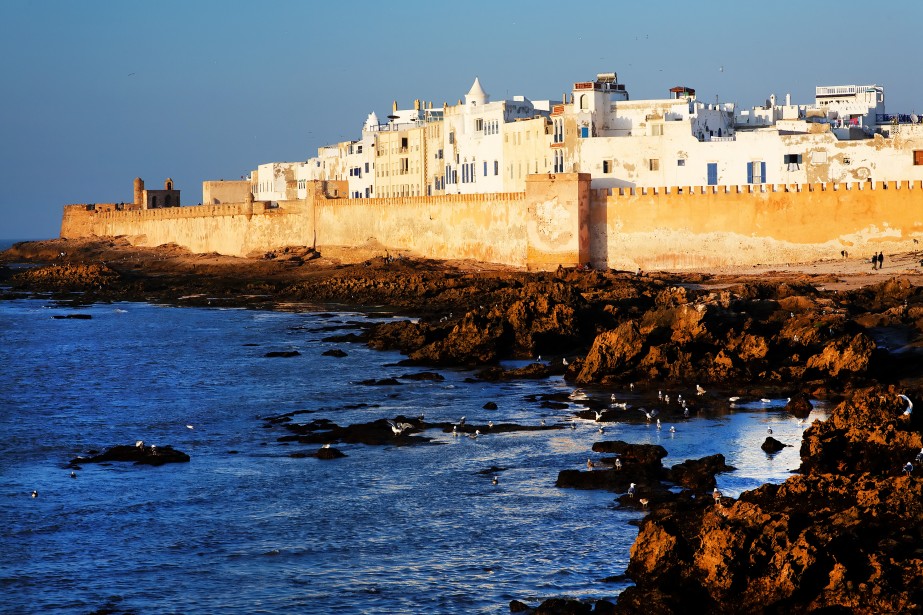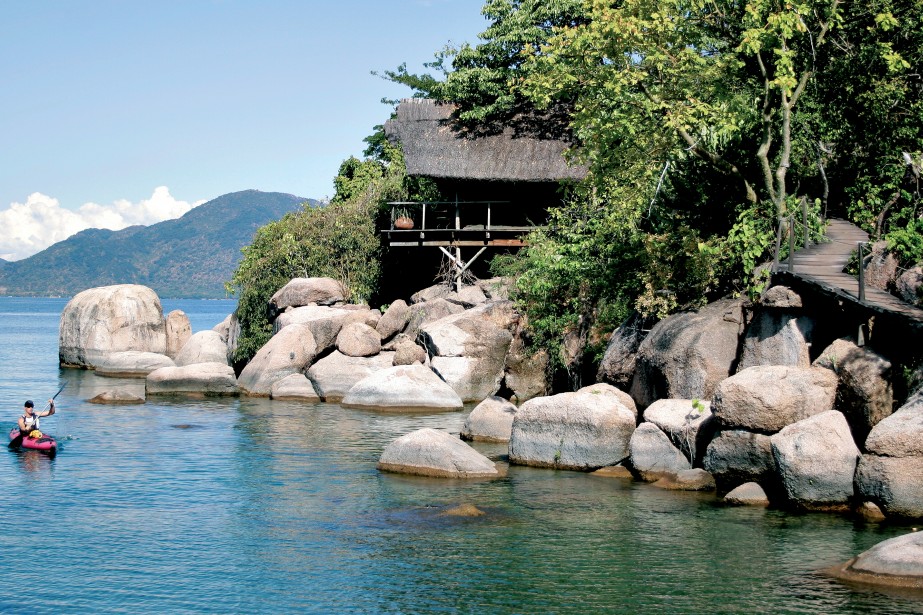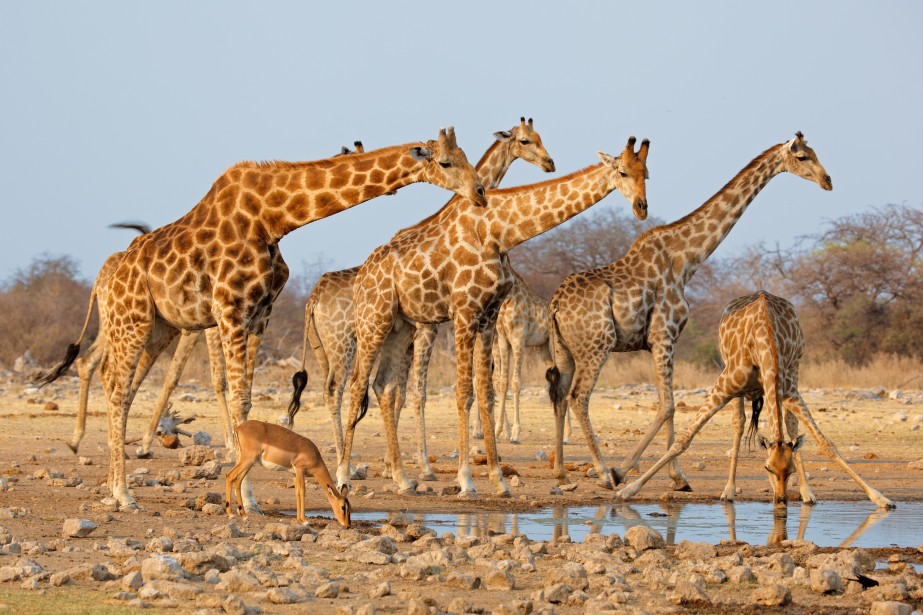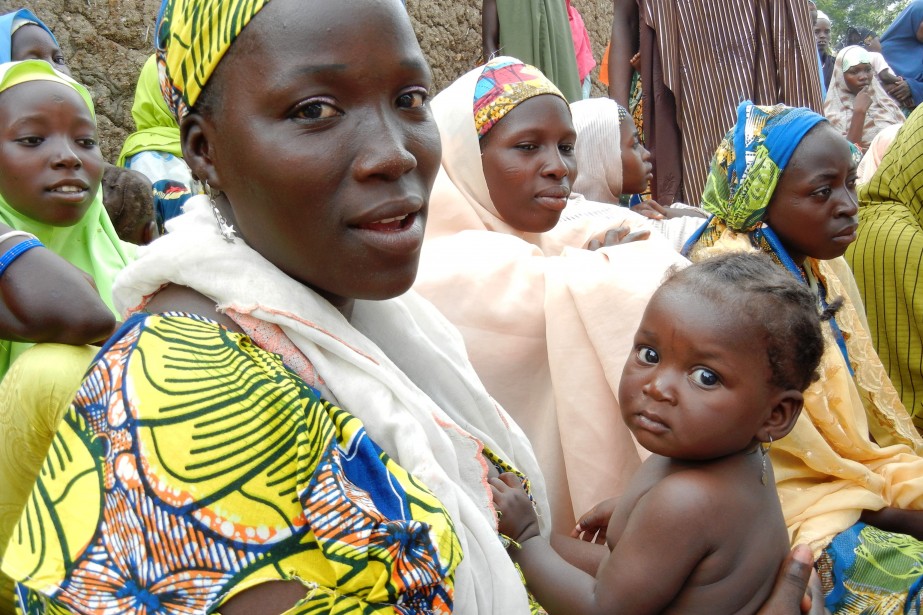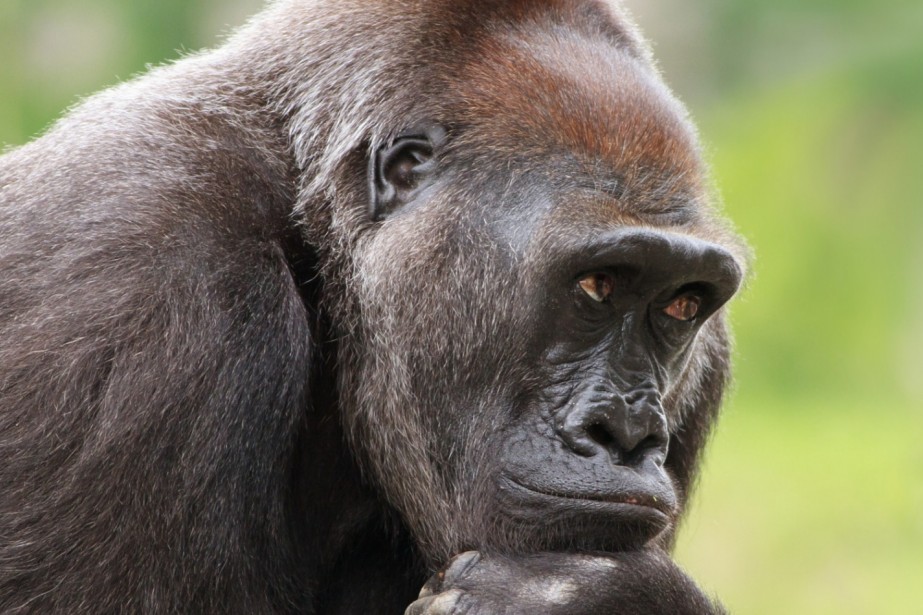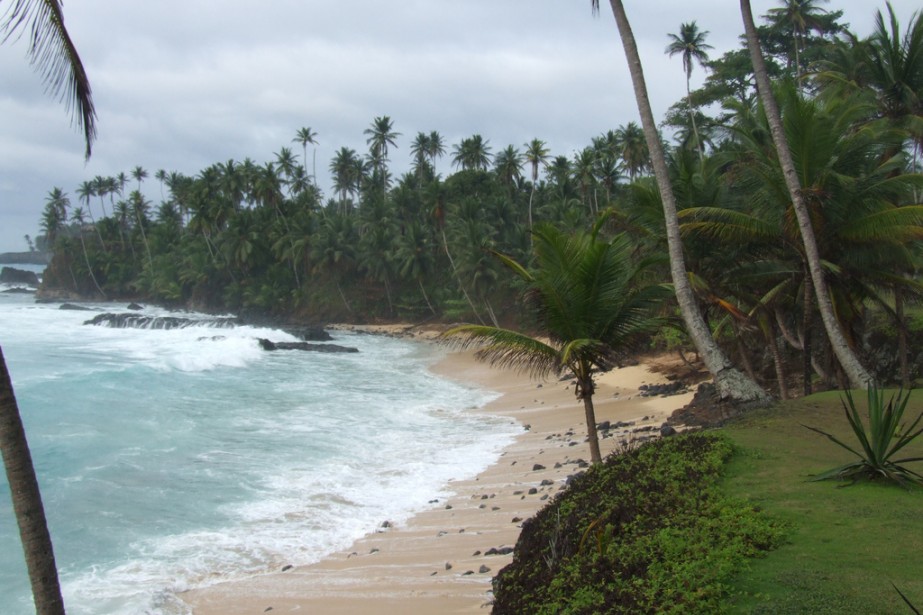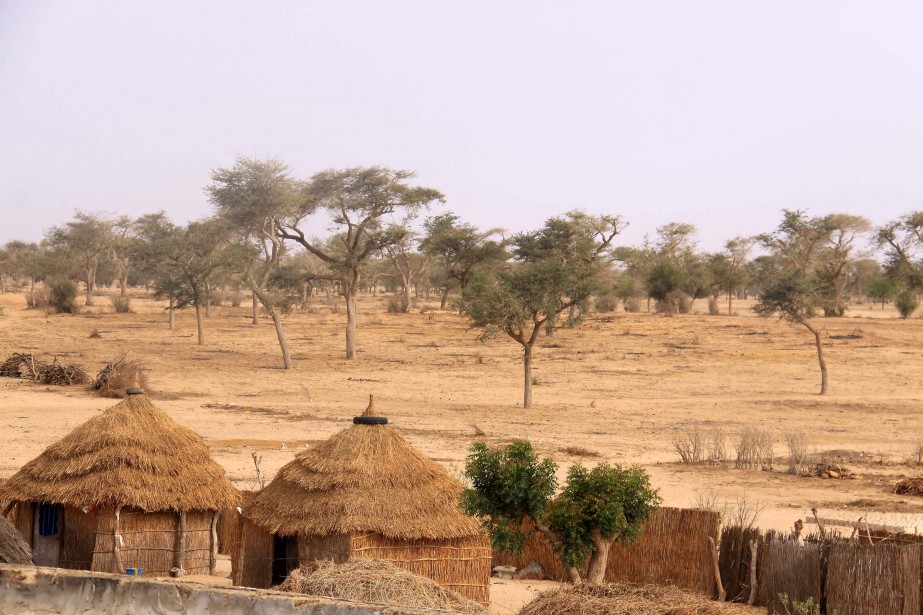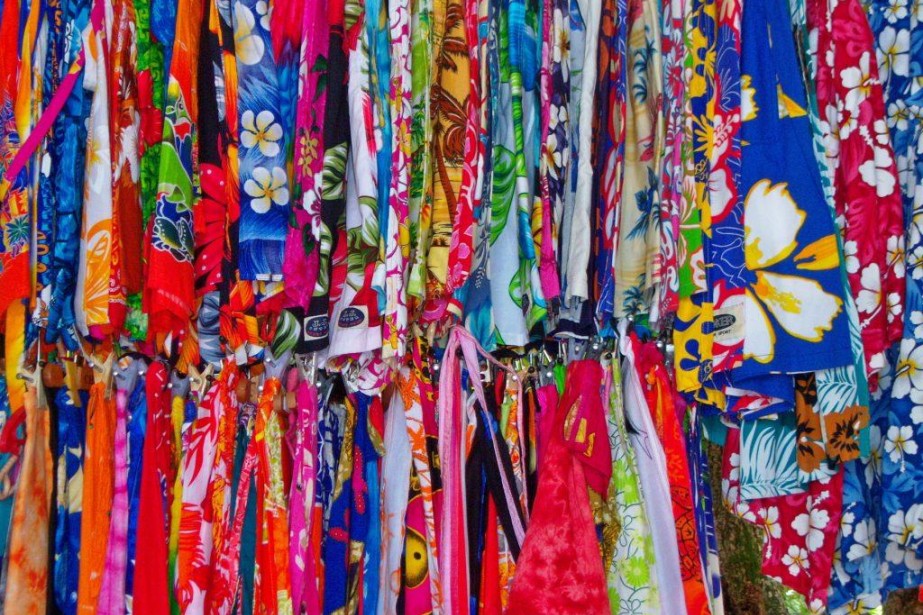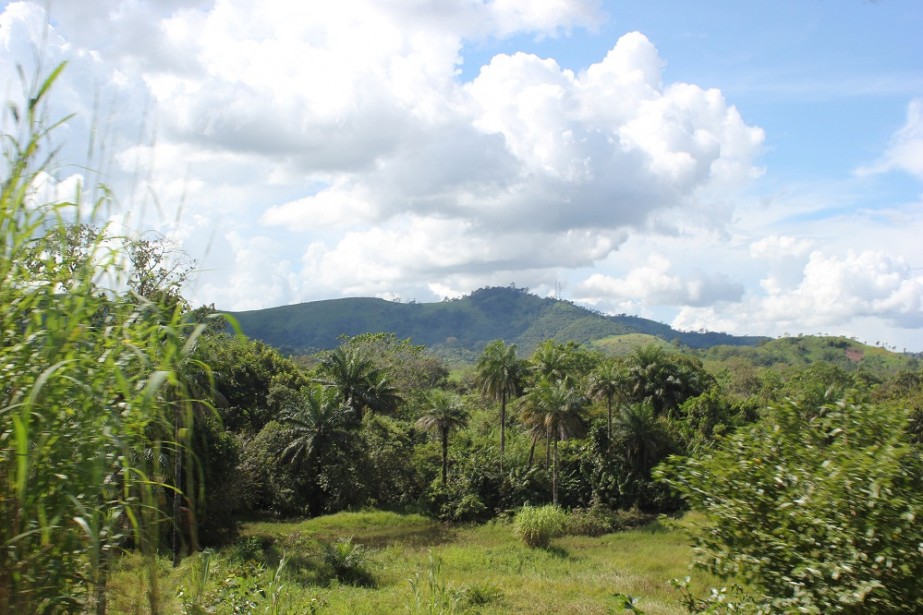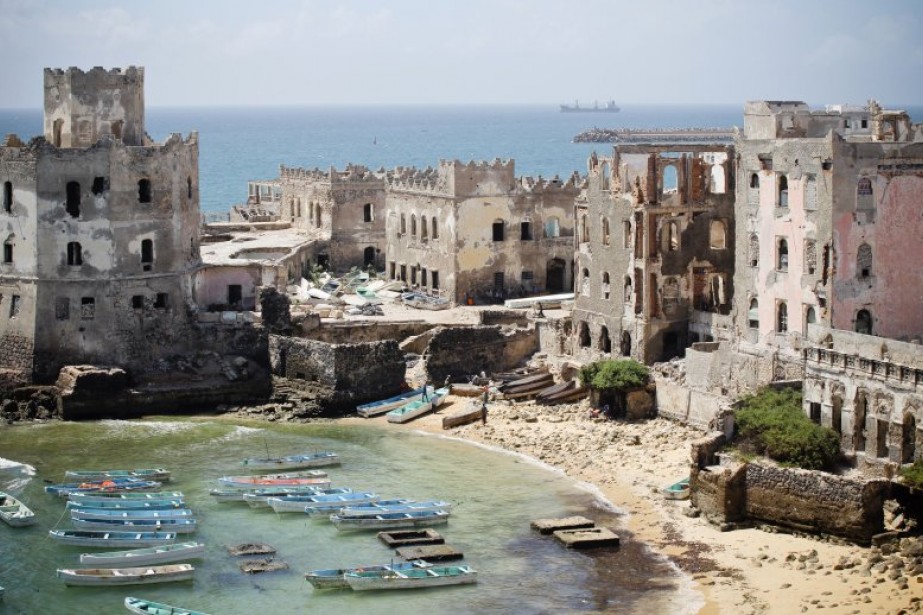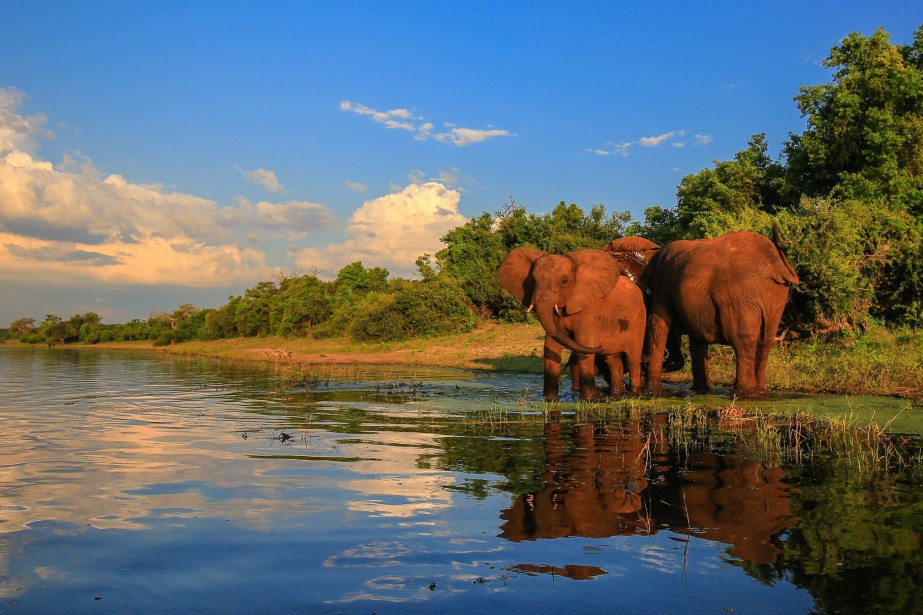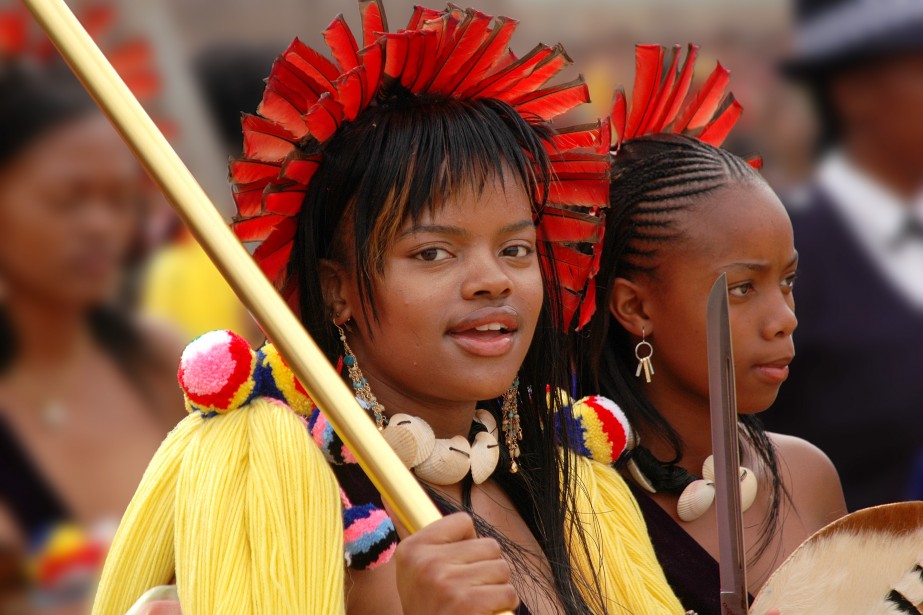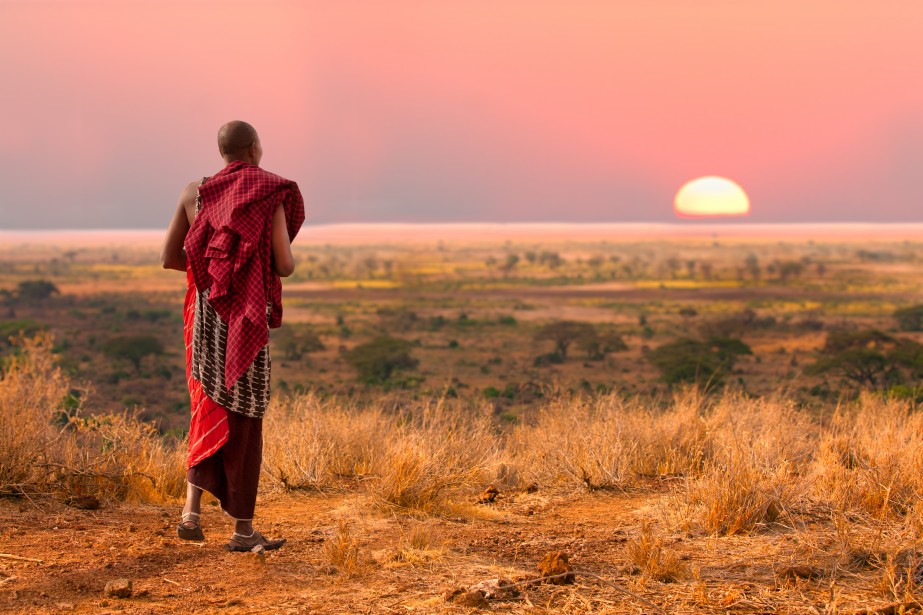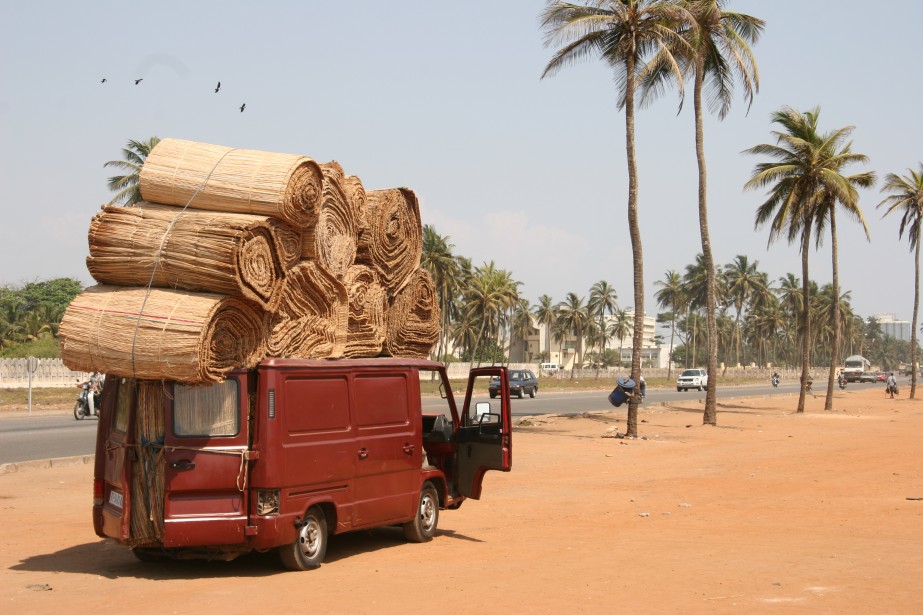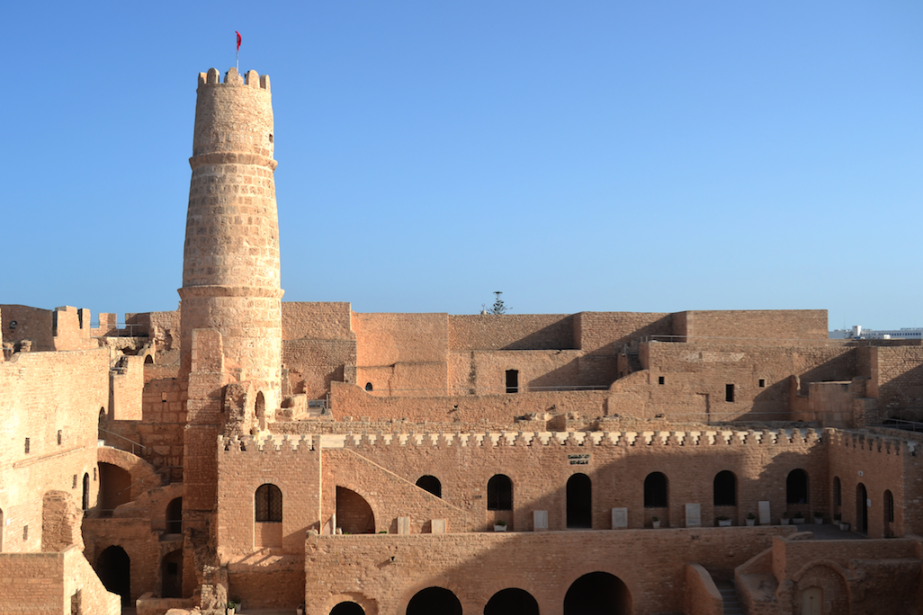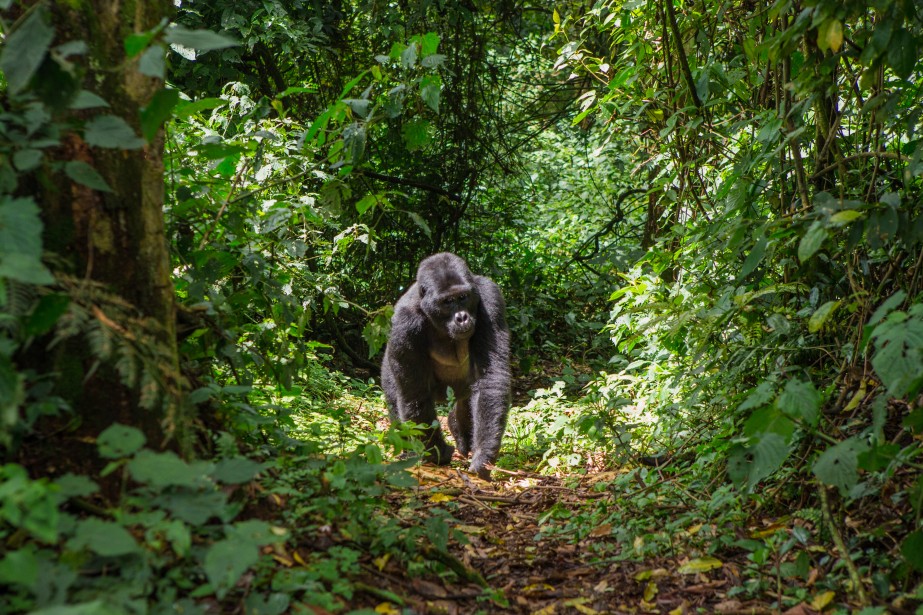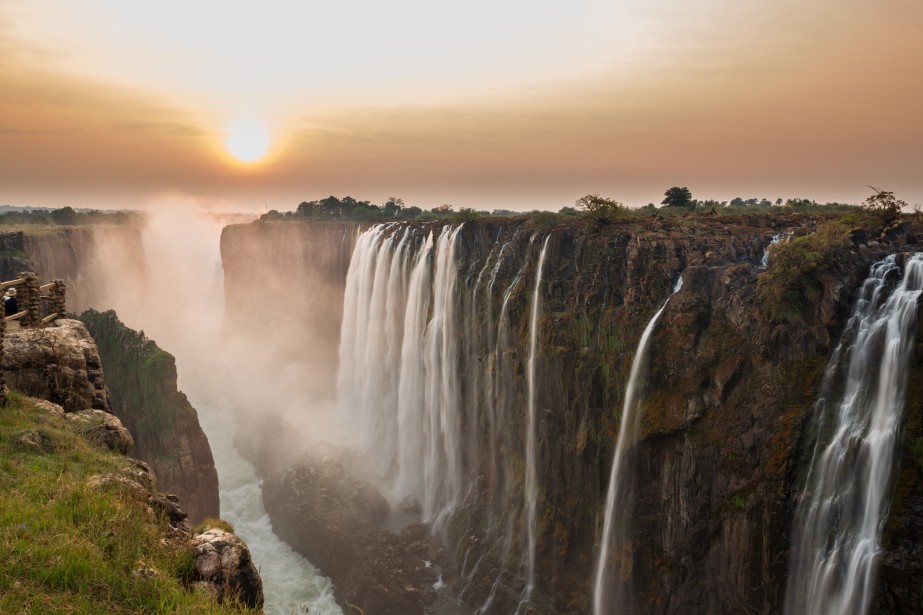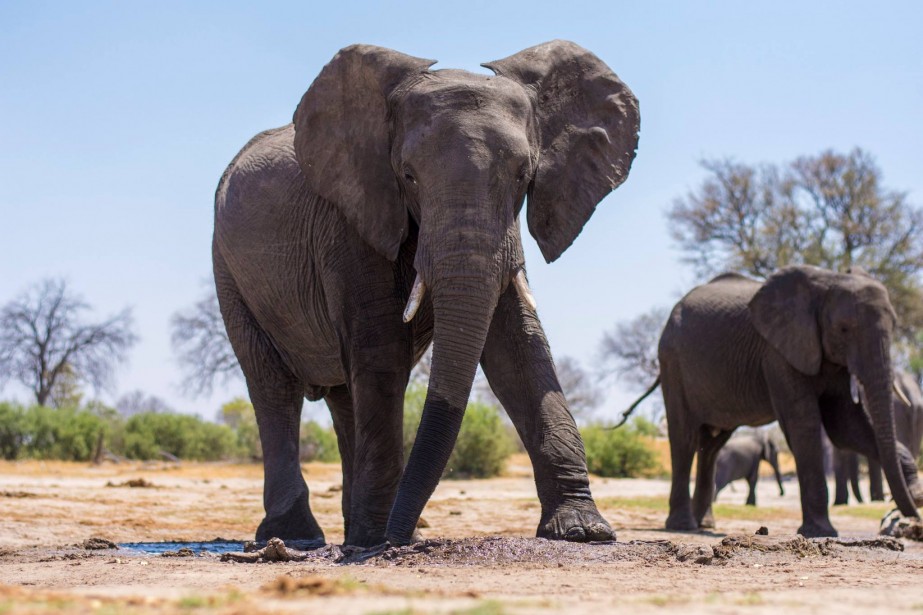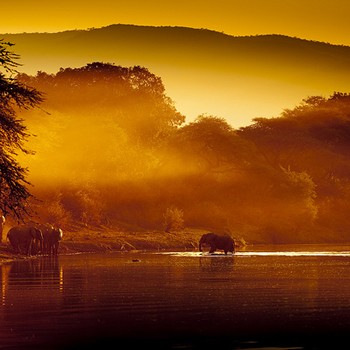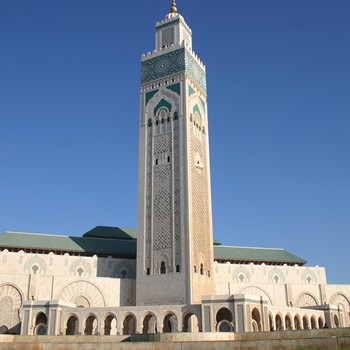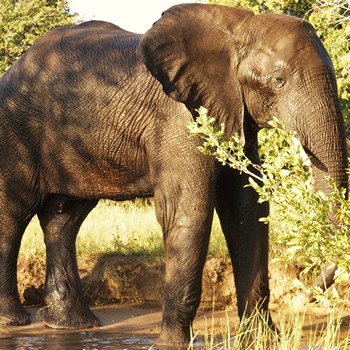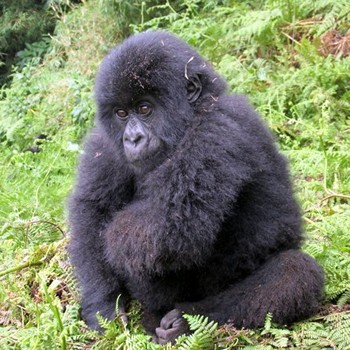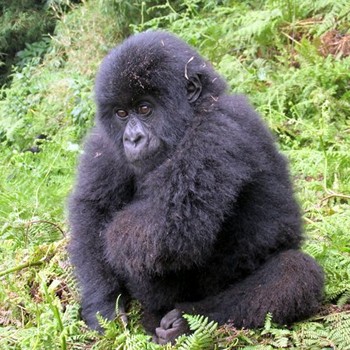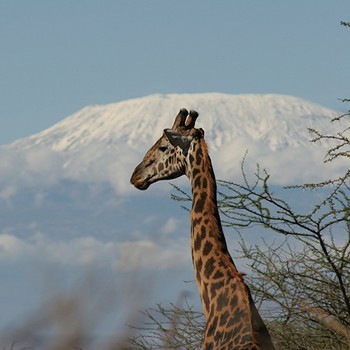Submitted by Cathie Johnson on November 18, 2015
AN OVERVIEW
Located in the middle of South Africa, Lesotho has the unique experience of being an island-like country surrounding by land. Located about 336 miles south of Johannesburg, this high-altitude country is full of mountainous villages smattering the landscape, with many of these villages only accessible on foot or horseback. Thatched roof huts make up these highland villages and often are self-reliant, especially in the harsher winter months.
With limited resources and job opportunities, the people of Lesotho rely heavily on South Africa. Many people have found themselves working in the mines of South Africa. The country struggles economically and much of the population is stretched thin financially. While it might be easy to assume Lesotho looks just like the rest of South Africa, it actually couldn’t be more topographically different. Lesotho’s high altitude location creates a stark visual contrast to the remainder of the surrounding area. With mountain villages, lodges, and endless pony riders exploring the land, Lesotho welcomes visitors with beauty and hospitality.
A nature lover’s paradise, Lesotho holds large and dramatic national parks within its relatively small country. From the Bokong Nature Reserve to the Ts’ehlanyane National Park, Lesotho has ample opportunities for outdoor exploration and adventures. Sign up for a multi-day pony trekking excursion that might venture to waterfalls and beyond, before settling back in at a mountain lodge.
Influences from the former British connection can be seen in the country’s penchant for tea-drinking and in the official language of English, shared with the country’s other official language of Southern Sotho.
WHEN TO TRAVEL – WEATHER
Lesotho is unique, not only because it is a landlocked country fully contained within South Africa, but because it is one of the only countries in Africa that sees snow on a regular basis. Known for its dramatic altitude and mountain ranges. The country brushes the sky at altitudes all the way from 4,500 feet above sea level to 11,000 feet above sea level.
Due to the steep mountain ranges, extreme cold temperatures can be encountered even in the warmer months. The colder and drier months fall between May and September. These months reveal sharply clear skies and a steep drop in temperature immediately following sunset. It snows in the highlands every year and on some occurrences snows in the lowlands as well. The heaviest snowfalls tend to happen towards the beginning or end of winter season. June and July are the coldest months in Lesotho, with temperatures often dropping below freezing.
The warm, wet season runs from October to April, with the most rainfall being seen between December and February. The majority of the rain seen by Lesotho is seen during the summer.
Additionally it’s highly likely one would see warm thunderstorms in the summer. Despite the summer thunderstorms, this season is one of the best times to visit Lesotho. Between the months of October and April one will find warm temperatures ranging from 60-degree Fahrenheit to 95-degrees Fahrenheit.
LESOTHO CUISINE AND DRINKS
Due to the almost island-like feel of the country, many foods require being imported and so a lot of population is self-sustaining and raise their own livestock and grow their own food. While goats and sheep are often owned for their wool, these animals are also eaten on rare occurrences. In contrast, cows and beef are vital to the lifeblood of the culture. There are also a lot of dishes that contain fish due to the country’s close proximity to the ocean.
It will be hard to go far in Lesotho without encountering pap-pap, which is a porridge made from cornmeal that can then be decadently covered by a vegetable-based sauce. Egg, from local chickens, might be added for protein. Corn is often grown by individual families to ensure there is a plentiful supply of the staple item. In addition, it’s common to find root vegetables, potatoes, spinach, and cabbage growing in many local gardens.
Due to the often cooler temperature of the region, tea is a widely popular beverage in Lesotho. The popularity of this drink can also be traced back to the British historical connection to the country, however, instead of the traditional English biscuit served with the steaming tea you often find fried cakes alongside the beverage. Not unlike American doughnuts, the fried cakes of Lesotho are a wildly popular treat.
And speaking of wildly popular treats, beer (often brewed locally or even at home) is found alongside meals throughout Lesotho. It is an essential part of most diets in Lesotho.
For special occasions it is often customary for villages to share a chicken or cow, roasted over a pit, to help celebrate the occasion or ceremony. The caliber of the food offered at these events speak to the honor of the family serving the food and therefore is often of high quality.
POPULAR SITES OF LESOTHO
- Malealea: A village set within the powerful mountains of Lesotho, Malealea showcases all that makes Lesotho spectacular. Visitors have the option to take a pony trek through the area, viewing the surrounding valleys, mountains, and waterfalls. Stop at the Malealea lodge and enjoy a warm meal between the time spent exploring.
- Maluti Mountains: Located in Maseru, take a scenic drive through the Maluti Mountains. With breathtaking scenery in every direction, the far-reaching vistas will be like a cleansing breath of the earth. In addition to taking scenic drives you can also take horseback riding excursions, hike, or take a 4X4 on the rough terrain.
- Sky Restaurant: Though the food at Sky Restaurant is not the most traditional of Lesotho cuisine (the restaurant specializes in pizza and burgers) the view will remind visitors of exactly where they are. Sky Restaurant gets its name from being the highest restaurant in the entire continent of Africa, located near the top of the Afriski Mountain Resort. Enjoy the views of the surrounding landscape from 9,800 feet above sea level.
- Sehlabathebe National Park: This national park is a nature reserve that covers approximately 16,000 acres. With dramatically unique rock formations and plenty of opportunities for hiking and exploring, the Sehlabathebe National Park is a must see for anyone who loves beautiful landscapes.
PRACTICAL INFO FOR LESOTHO
Banks and Currency
The official currency of Lesotho is the Lesotho Loti (LSL), which are broken down into 100 lisente. The Lesotho Loti can be found in banknotes ranging from 10, 20, 50, 100, and 200 Loti.
Coins will be found in a range from 1 lisente coins all the way to 500. In addition, Lesotho is a member of the Common Monetary Area (CMA). The CMA connects South Africa, Lesotho, Swaziland, and Namibia in a monetary union and the South African Rand is legal in all these countries. The South African Rand is accepted 1:1 with the Lesotho Loti.
Credit cards are not widely accepted throughout the country and it is encouraged to travel with travellers cheques when possible. To minimize further charges for exchange rates the best travellers cheques to bring are those in USD or the British pound.
ATMs can be found in a lot of the main towns however, their ability to properly read international cards can be spotty. It’s better to securely carry cash with you when travelling in Lesotho. If in the capital city of Maseru, the Standard Lesotho Bank, Nedbank and First National Bank offer exchange services should they be needed.
Tipping
Not usually included in the price of services, the majority of service staff are customarily tipped anywhere between 10% - 15%.
Customs
Do not take photographs of government buildings or airports. If unsure whether or not something can be photographed (including people or any personal property) take a few minutes to ask and understand the situation. Oftentimes if a person is polite and friendly when asking permission to take a photo, they are given permission. Additionally, be aware that homosexuality is illegal in Lesotho.
Traveling with Children?
While there is ample opportunity for finding kid-friendly adventures in Lesotho, the country on a whole is a little more rugged than other areas of South Africa. Some of the activities, such as hiking along rough mountains or pony trekking, might be a better fit for children of older ages. Additionally, be aware that the majority of pony trekking companies do not allow anyone on the excursions who is under the age of 12. Be sure to spend some time researching different accommodations and activities to ensure the family, the whole family, can enjoy the full wonders of this beautiful country.
http://traveltips.usatoday.com/ethnic-food-lesotho-36010.html
http://www.lesmet.org.ls/cimatology/climate-lesotho
http://www.worldtravelguide.net/lesotho/money-duty-free
http://www.lonelyplanet.com/lesotho

